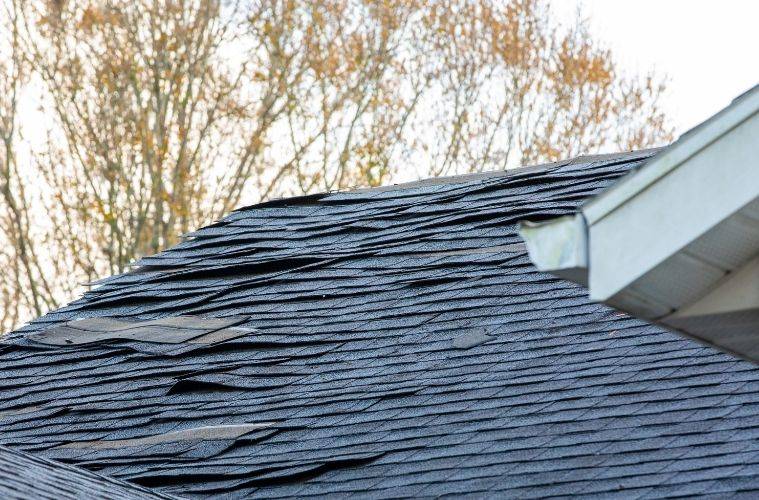Homes around the world are regularly damaged by severe weather. Basements get flooded, foundations get washed away, and roof shingles are ripped off by strong winds and rain. In the event that a storm of this magnitude passes through your region, it’s prudent to perform a storm damage inspection to determine whether or not your home requires any maintenance. Take a look at these tips for inspecting your home after a storm.
Check Your Foundation
House foundations can become weak and crumble if they have a large amount of water on them. Examine yours thoroughly, searching for any places that may be damaged or leaking along both the external and inside walls. If everything is in order at this time, come back in a few weeks to double-check. The soil under the house can be washed away by water, and the damage may not become apparent for months after storms. Be on the lookout for brittle internal walls or squeaky doors. This might imply that something has gone wrong with the foundation, causing the home to sway. If you see something unusual in your storm damage investigation, don’t repair anything yourself. Make an appointment with a professional property inspector before doing any repairs—that way, you can get advice from an expert.
Check Your Windows
After a storm, inspecting your windows is always a smart idea. Even if a storm doesn’t break the glass, a thorough inspection may reveal hairline cracks or breaks the size of pinpricks that jeopardize your windows and reduce your home’s energy efficiency. Does it feel damp around your windows after a storm? Is there a noticeable feeling of humidity in the room? Window replacement may be necessary even if you don’t notice anything wrong with your old windows straight away. Window replacement can decrease your power costs while also protecting your home from storm damage. This is perhaps the most pertinent tip for inspecting your home after a storm.
Check for Standing Water
Check the basement to make absolutely sure there isn’t any standing water, but also look for it in crawl spaces, below decks, and in the yard. Standing water in the home can lead to mold growth, and puddles on the ground indicate a drainage issue. The foundation of your house and the health of your family might be jeopardized if you don’t fix it. Water can be removed from the house using sump pumps, while new drainage techniques may be required outside.






















